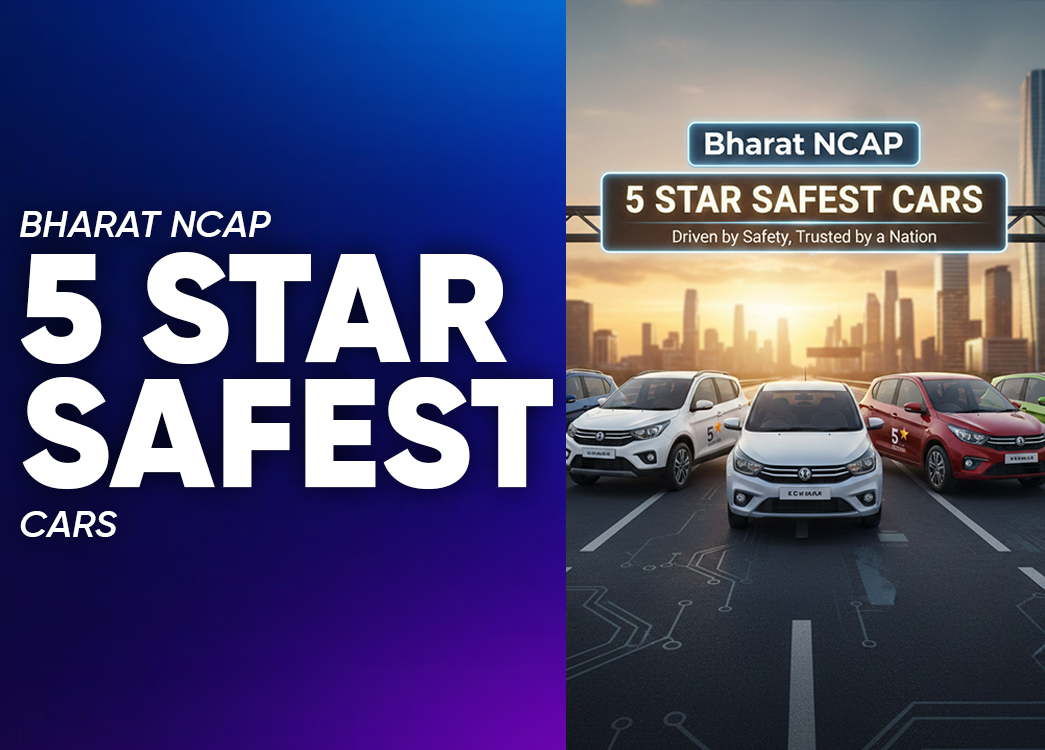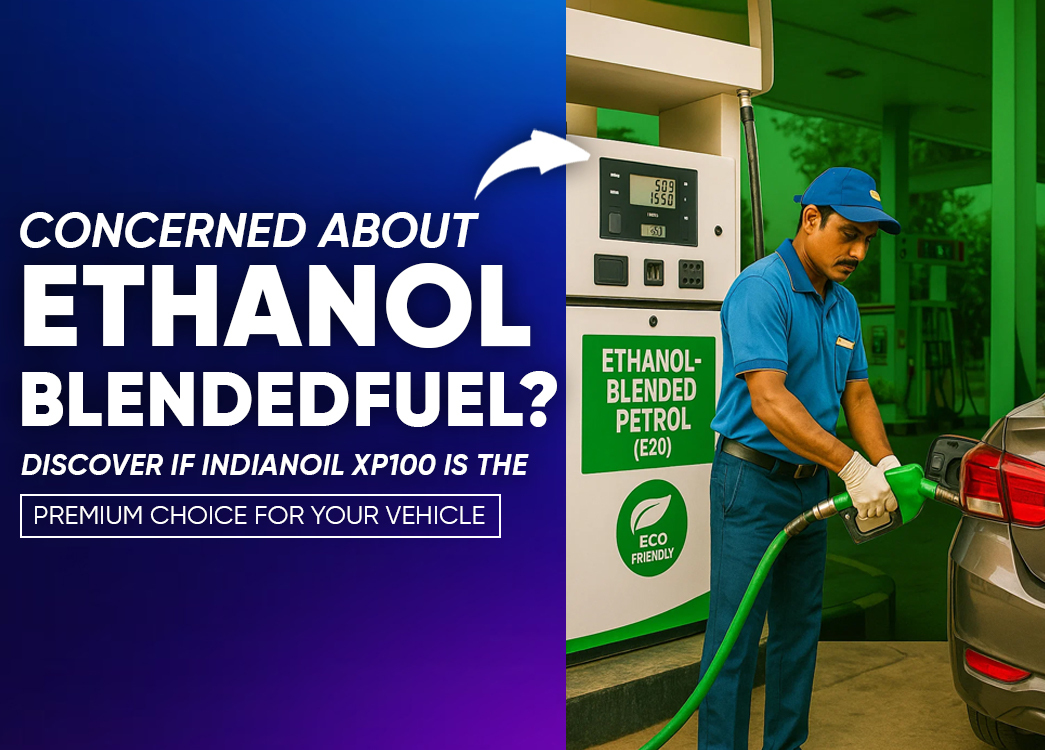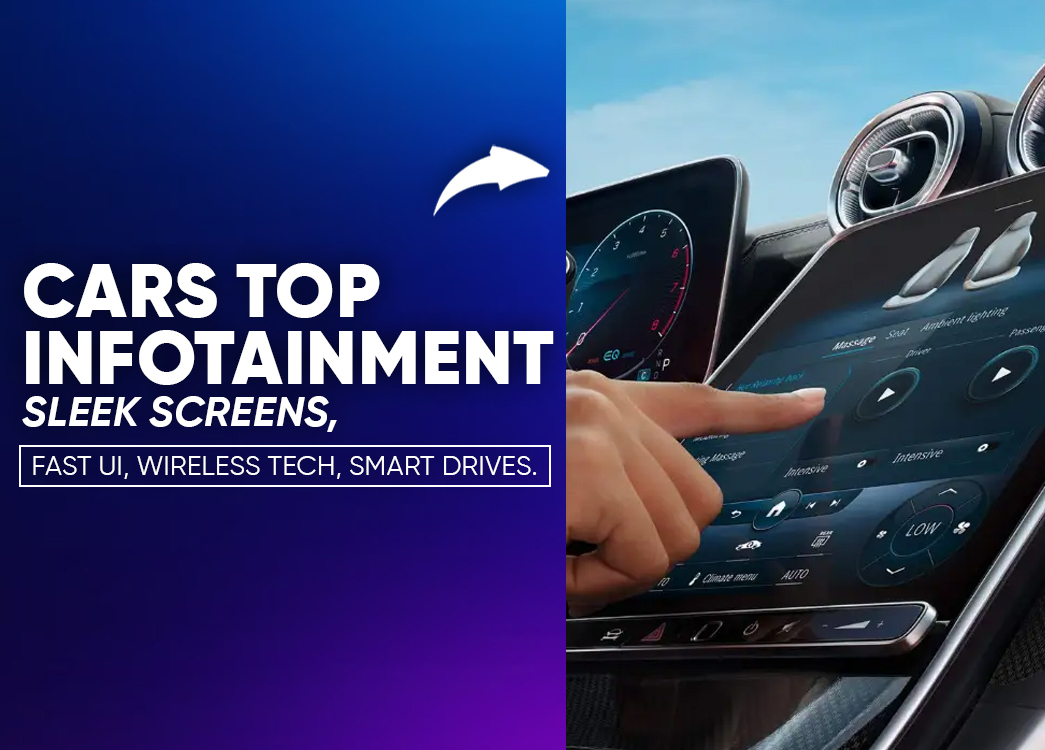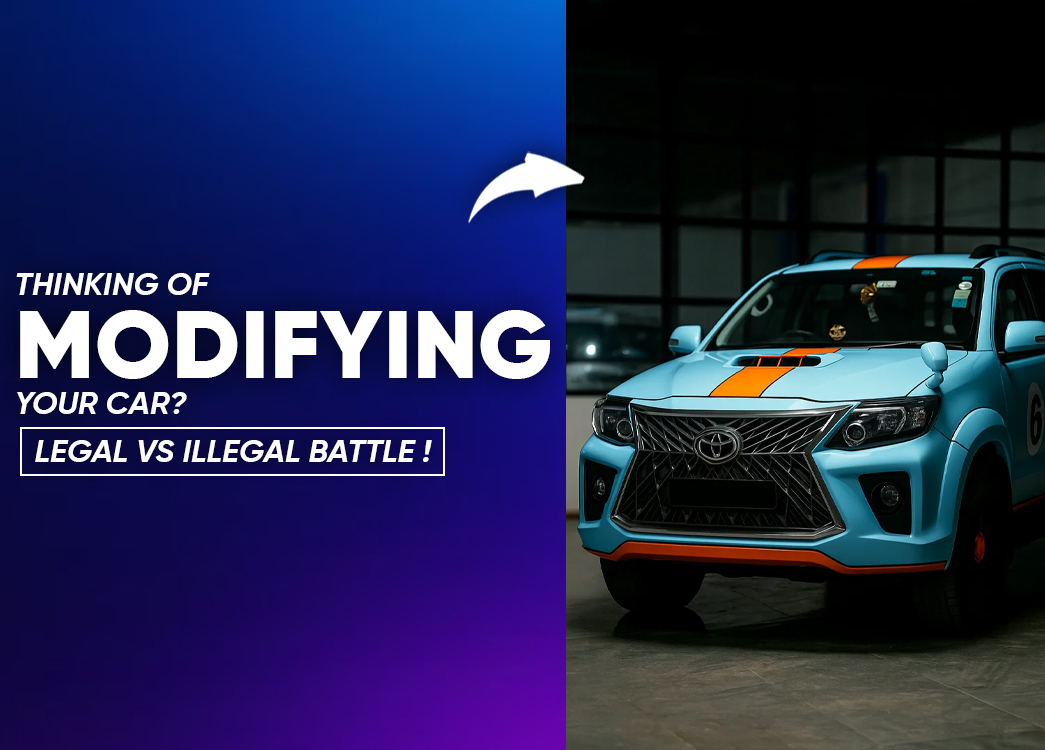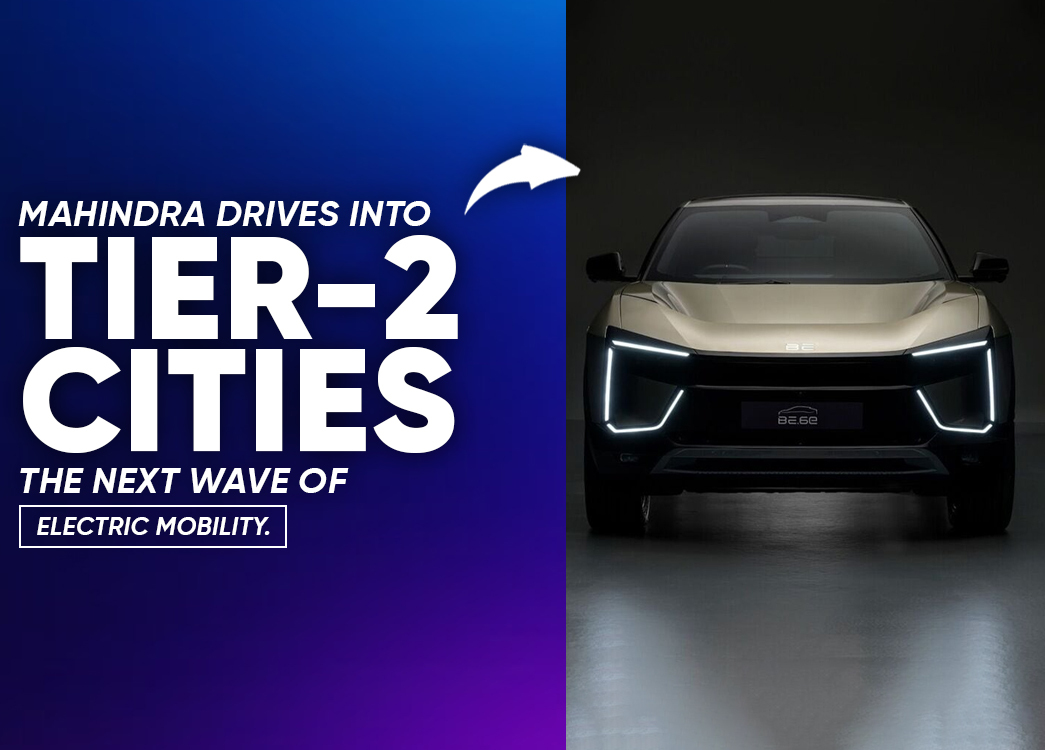
By creckk On 21-09-2025 at 10:36 am
Mahindra EV Growth in Tier-2 Cities India | Electric Vehicle Adoption Trends & Strategy
Mahindra’s EV Strategy in India: Tier-2 Cities as the Next Growth Engine
Traditionally, India’s EV market revolved around metro cities like Delhi, Mumbai, Bengaluru, and Hyderabad. But Mahindra & Mahindra’s latest experience indicates a shift: Tier-2 cities are emerging as key drivers of EV adoption. Cities such as Bhubaneswar, Indore, Jaipur, and Meerut are rewriting the EV demand map.
Nalinikanth Gollagunta, CEO Automotive Sector, Mahindra & Mahindra, explains that independent homes with dedicated parking, easy home charging access, shorter commutes, and improving highway infrastructure make Tier-2 cities ideal for EV penetration.
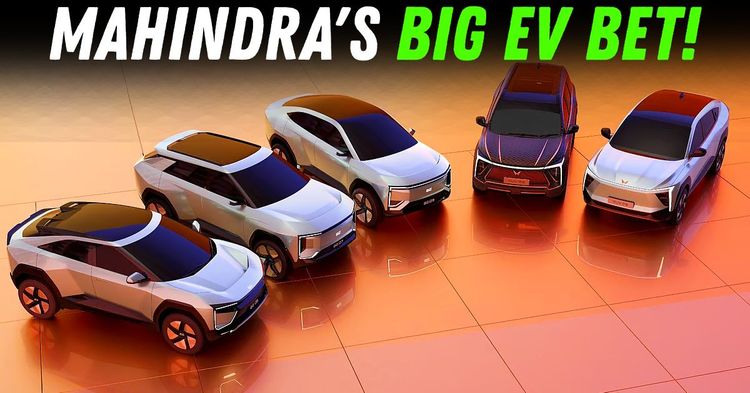
Why Tier-2 Cities Are Driving EV Adoption in India
The appeal of Tier-2 cities for EV adoption is both practical and compelling:
- Independent homes with parking ease home charging
- Shorter daily commutes increase EV practicality
- Rising disposable incomes (₹20-lakh+ bracket) support adoption
- Improving road and highway infrastructure facilitates EV usage
As a result, Mahindra sees a structural tailwind for EV demand in non-metro markets, complementing the existing metro demand and accelerating growth beyond the current 5% industry share.
Mahindra’s Three-Tier Product Strategy for EVs
Mahindra’s EV rollout follows a Pack 3, Pack 2, Pack 1 structure:
| Pack | Purpose | Target Segment |
|---|---|---|
| Pack 3 | Premium models (BE 6, XUV9e) | Establish aspiration and brand credentials |
| Pack 2 | Mid-range models | Accessible to Tier-2 buyers with premium touch |
| Pack 1 | Entry-level models | First-time EV adopters without compromising Mahindra identity |
Monthly EV volumes have increased from 3,500 to 4,000 units, approaching a 5,000-unit monthly capacity. The rollout of Pack 2 has expanded the addressable buyer pool, confirming the Tier-2 market’s significance.
Premiumisation and Product Positioning in EVs
Mahindra’s EV success mirrors its SUV strategy – starting premium and moving downward:
- Pack 3: Feature-rich, aspirational, premium design
- Pack 2: Balances affordability with aspirational features
- Pack 1: Attainable entry-level models without stripping brand identity
Premiumisation isn’t only about products. Customers are willing to pay extra for higher trims with enhanced technology, interiors, and safety, reflecting a shift from price-sensitive to value-conscious buying.
Challenges and Market Outlook for Mahindra EVs
Despite the growth optimism, Mahindra faces several challenges:
| Challenge | Impact | Mahindra Response |
|---|---|---|
| GST Rationalisation on ICE Vehicles | Potential shrink in EV vs ICE price gap | Focus on feature-rich EVs, not cost-only selling |
| Supply Chain Headwinds | Shortages of rare-earth magnets, logistics disruptions | De-risking operations, component monitoring |
| Regulatory Changes (E20 Fuel) | Performance concerns for older vehicles | Advisories and policy engagement for flex-fuel readiness |
| Global Market Entry | Need for export-ready BEVs | “Inglo” platform for international markets (South Africa, Australia, UK) |
Gollagunta stresses that EV adoption is driven by excitement and features, not merely price arbitrage. High-tech editions like the Batman edition are proof that consumer preference goes beyond GST or cost concerns.
Exports and Global EV Strategy
Mahindra’s EVs are designed for global compatibility. Using the “Inglo” (India Global) platform, the company plans entry into:
- South Africa
- Australia
- UK (within 18–24 months, leveraging free trade agreements)
This approach ensures Indian EVs are export-ready from day one, expanding Mahindra’s footprint and strengthening global brand recognition.
FAQs
Q1. Why is Mahindra focusing on Tier-2 cities for EV adoption?
Tier-2 cities offer practical advantages like independent homes, home charging, shorter commutes, and growing purchasing power, making EV adoption seamless.
Q2. What is Mahindra’s three-tier EV product strategy?
Pack 3 = Premium models, Pack 2 = Mid-range accessible models, Pack 1 = Entry-level first-time EV adopters. Strategy combines aspiration with affordability.
Q3. How has Mahindra’s EV sales performance changed?
Monthly volumes increased from 3,500 to 4,000 units, nearing a 5,000-unit capacity, showing strong adoption in non-metro cities.
Q4. What challenges does Mahindra face in EV adoption?
Key challenges include GST rationalisation affecting ICE-EV price gaps, supply chain constraints, regulatory changes (E20 fuel), and global export readiness.
Q5. How is Mahindra positioning EVs in the market?
EVs are positioned for excitement, premium features, and aspirational value. The goal is adoption driven by desire, not just cost savings.
Q6. Are Mahindra EVs export-ready?
Yes, built on the “Inglo” platform, Mahindra’s EVs target South Africa, Australia, and the UK with global specifications from day one.
Related posts



